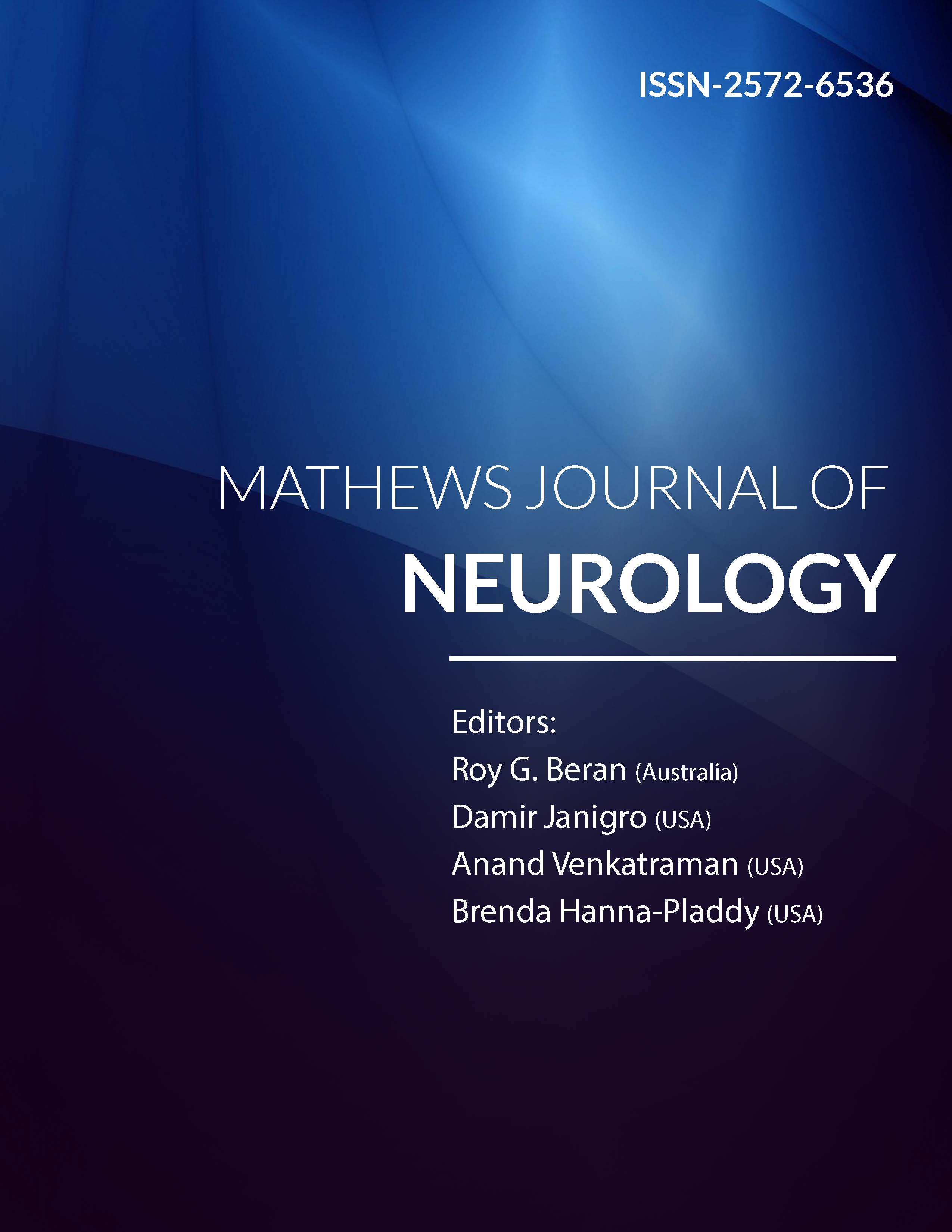
Information Links
Previous Issues Volume 4, Issue 2 - 2019
Does the Quality of Life Study Reflect the Sociodemographic Background of Epileptic Children and Adolescents?
Melinda Fejes1*, Beatrix Varga2, Katalin Hollódy3
1Borsod Central County Hospital, Velkey László Centre for Child Health, Department of Neonatal Intensive Care, 72-76 Szentpéteri kapu, Miskolc, 3526, Hungary
2University of Miskolc, Institute of Business Information and Methods, Department of Business Statistics and Economic Forecasting; Egyetem út, Miskolc, 3515, Hungary
3University of Pécs, Medical School, Department of Paediatrics, 7. József Attila utca, Pécs, 7623, Hungary
Corresponding author: Melinda Fejes, Borsod County Hospital, Velkey László Centre for Child Health, Department of Neonatal Intensive Care, 72-76 Szentpéteri kapu, Miskolc, 3526, Hungary
Received Date: Nov 18, 2019
Published Date: Dec 3, 2019
Copyright: Fejes M, et al. © 2019
Citation: Fejes M. (2019). Does the Quality of Life Study Reflect the Sociodemographic Background of Epileptic Children and Adolescents? Mathews J Neurol. 4(2): 17.
ABSTRACT
Aim: Health-related quality of life (HRQoL) and social background were assessed in children and adolescents with epilepsy and was compared with control children.
Method: Children’s HRQoL was self-reported with the KIDSCREEN-52 questionnaire. 144 families with an epileptic child and 237 families from the general population were enrolled.
Results: Children with epilepsy and their parents rated their quality of life poorer than their counterparts did in the general population. The 8-12-year-old children had higher scores than adolescents. The parents’ opinions about their children with epilepsy were poorer than the reports of their children. There were no significant sex differences. The age, intensifying seizure frequency, polytherapy had a negative influence on six parts of the HRQoL. Well-treated epilepsy means a better quality of life. Interestingly, the duration of epilepsy had less influence. Family background regarding the parent's occupation, education, marital status, large families was very disabled of children with epilepsy.
Conclusion: Our study was based on the perspectives of children with epilepsy, not just on the opinions of their parents. Socio-demographic characteristics justify the disadvantage of parents and families caring for an epileptic child.
Keywords: epilepsy, quality of life, children, adolescents, parents, seizure frequency
Abbreviations: HRQoL: Quality of life; E: Epilepsy; GP: General Population; Ch: Children; P: Parent; ES: Effect Size; r: Pearson Correlation; p: Significance Level; SD: Standard Deviation; L: Least Frequent; F: Less Frequent; MoF: More Frequent; MF: Most Frequent; ILRE: Idiopathic localization-related Epilepsy; IGE: Idiopathic Generalized Epilepsy; SGE: Symptomatic Generalized Epilepsy; SFE: Symptomatic Focal Epilepsy; AED: Antiepileptic Drug.